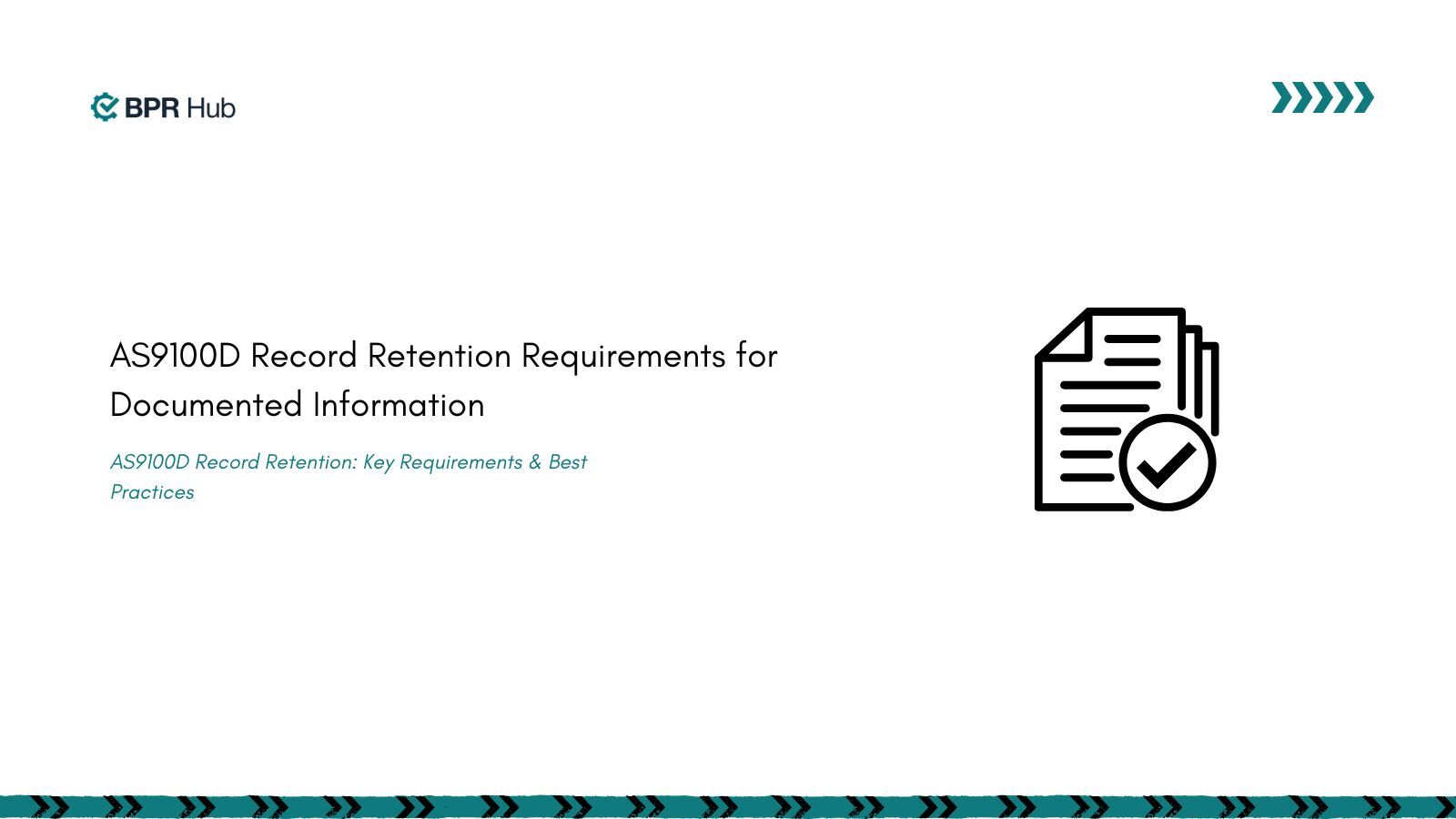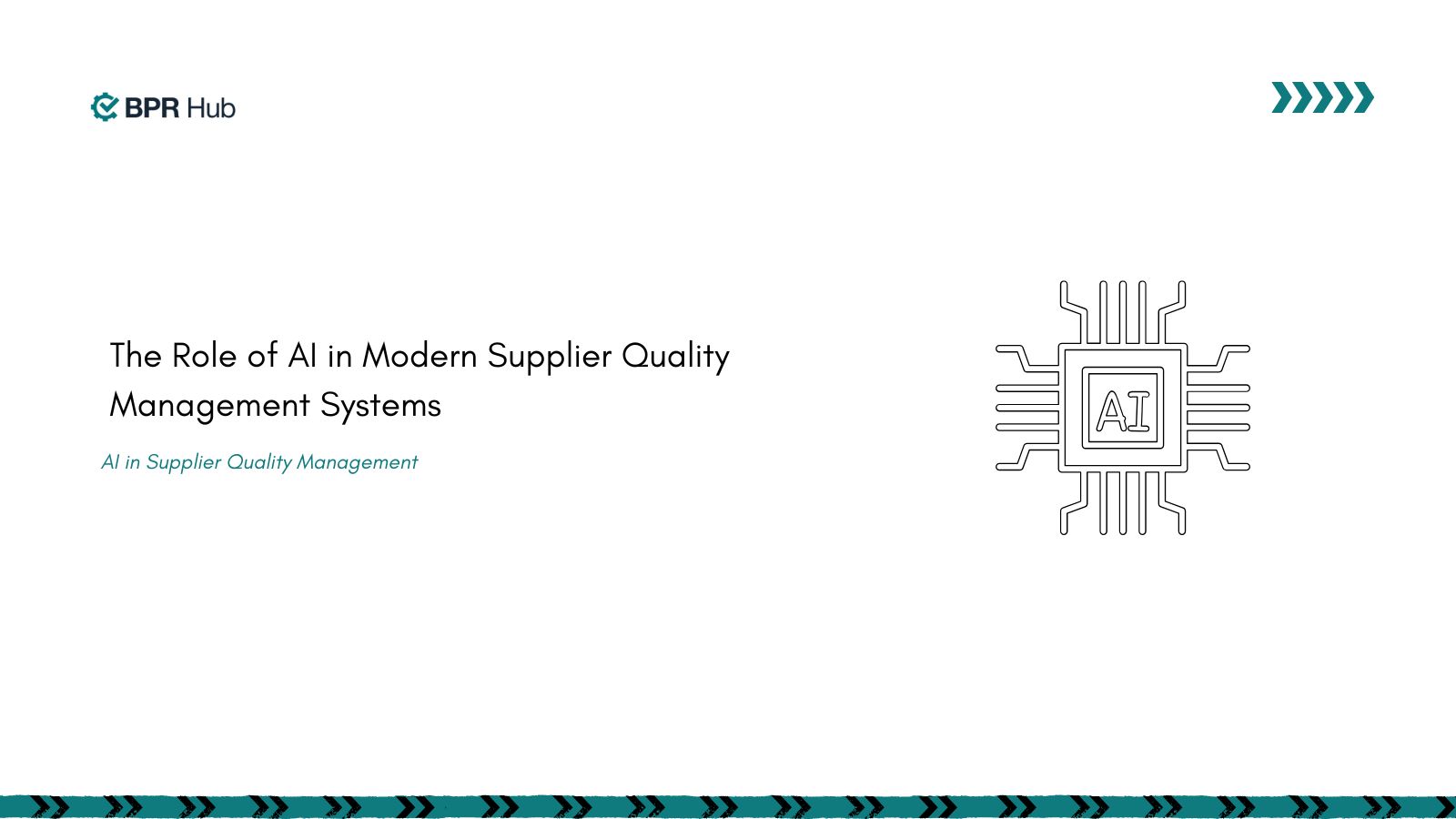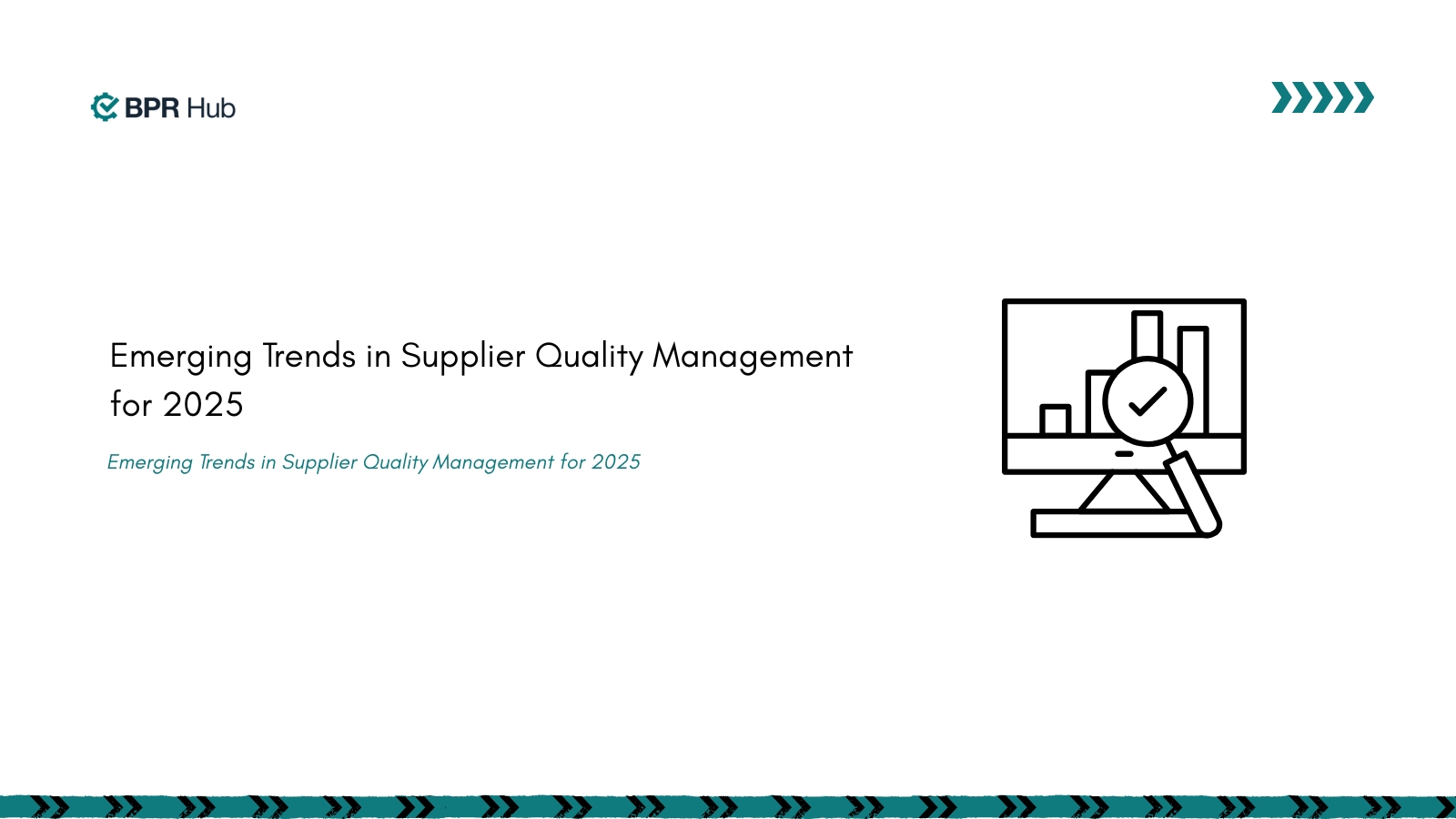Aerospace manufacturers face complex compliance challenges when managing AS9100D record retention requirements. Understanding these requirements isn't just about avoiding audit failures; it's about building a foundation for operational excellence and customer trust. This comprehensive guide addresses the most critical aspects of documented information management under AS9100D, from determining appropriate retention periods to implementing storage solutions and preparing for audits. The AS9100D standard establishes the framework, while specific retention periods depend on customer contracts and regulatory requirements.
What AS9100D Record Retention Requirements Actually Mean
AS9100D documented information encompasses all meaningful data that organizations must control and maintain, along with the medium containing it. According to the official AS9100D documentation requirements, the standard defines documented information as "any meaningful data that the organization is required to control and maintain, along with the medium on which it is contained".
Unlike previous revisions that separated documents and records, AS9100D consolidates these under a unified "documented information" framework following ISO 9001:2015 structure. The standard defines two distinct types: documented information that must be "maintained" (typically documents such as procedures and policies) and documented information that must be "retained" (typically records that provide evidence of activities performed).
Importantly, AS9100D does not specify mandatory retention periods. The standard requires organizations to determine retention periods based on customer requirements, regulatory obligations, and risk assessments. This differs from some industry perceptions but aligns with the standard's customer-focused approach, where specific retention periods come from contracts and regulatory authorities.
How Long Must You Keep AS9100D Documentation
Record retention periods for aerospace suppliers vary significantly based on customer-specific requirements rather than AS9100D mandates. Customer contracts may specify retention periods ranging from various timeframes, depending on the product type and application. Industry practices suggest retention periods commonly range from 7 to 40 years, though specific requirements vary by customer and product criticality.
Customer-specific requirements represent the primary source of retention obligations for aerospace suppliers. Major aerospace customers commonly require 10-15 year retention periods for quality records, while some critical applications mandate 30-40 years. These requirements flow down through supply chain contracts and must be carefully reviewed during contract negotiations.
Regulatory considerations add another layer of complexity to retention planning. FAA Advisory Circular AC 20-179 specifically addresses certification data retention agreements between design approval holders and the FAA, which applies to type certificate holders and is not mandatory, while EASA regulations establish technical record requirements for European operations. However, these regulatory requirements typically apply to specific record types rather than general AS9100D quality system records.
The EN 9130:2020 aerospace record retention standard provides industry guidance for record retention practices but allows deviations based on customer requirements and regulatory obligations. Organizations should implement retention periods that satisfy their longest customer requirement to ensure comprehensive compliance.
Transform Your Record Retention Strategy with BPR Hub. Schedule a Free Strategy Call Today
📍 Book a Demo
📧 hello@bprhub.com
Which AS9100D Records Have Specific Retention Periods
While AS9100D doesn't mandate specific periods, certain record types may carry extended retention requirements due to their critical nature based on customer specifications and industry practices. Quality records, including calibration documentation, inspection reports, and first article inspection records, commonly require 10-15 year retention based on customer specifications.
Configuration management documentation requires careful consideration due to its role in supporting product lifecycle management and change control throughout aerospace programs. These records enable traceability of design modifications and version control over extended product operational periods.
Supplier qualification records must be retained for periods matching the business relationship duration, plus additional years for liability protection. This includes supplier audit reports, qualification test results, and approval documentation demonstrating due diligence in supplier selection and ongoing management.
Training and competency records support audit evidence for personnel qualification under AS9100D requirements. Retention periods typically cover employee tenure plus additional years to demonstrate ongoing compliance with competence requirements and training effectiveness.
Nonconformance and corrective action records provide evidence of systematic improvement and problem resolution capabilities. Root cause analysis documentation, corrective action implementation records, and effectiveness verification demonstrate continuous improvement commitment and may require extended retention for trend analysis purposes.
Where to Store AS9100D Documented Information Safely
Physical storage considerations require controlled environments with appropriate security, environmental protection, and access controls. Paper records remain vulnerable to damage, loss, and unauthorized access without proper storage infrastructure, including fireproof storage, climate control, and restricted access areas.
Digital storage offers superior advantages through centralized access, automated backups, and enhanced security controls. Cloud-based document management systems provide scalable storage capacity, version control, and remote accessibility while maintaining compliance with AS9100D control requirements.
Backup and retrieval requirements mandate redundant storage systems with regular testing of recovery procedures. AS9100D requires organizations to protect electronic information through appropriate controls, including automated backups and change management processes.
Access control measures must restrict document access to authorized personnel while maintaining audit trails of all access and modification activities. Multi-factor authentication, encryption, and role-based permissions provide essential security layers for sensitive quality records.
Integration with existing quality management systems enables seamless document workflows and automated policy enforcement. Modern systems can automatically apply retention schedules, trigger review notifications, and maintain compliance reporting capabilities.
What Happens During AS9100D Audits for Record Retention
Auditors focus on retention policy implementation, record accessibility, and disposal procedures during AS9100D assessments. Common questions include demonstrating prompt record retrieval capabilities and showing consistent application of retention policies across all record types.
Demonstrating compliance requires organized record systems with clear indexing, consistent naming conventions, and readily available retention schedules. Organizations must show evidence of regular policy review, employee training, and system monitoring to satisfy auditor requirements.
Red flags that trigger deeper investigation include missing records, inconsistent retention practices, poor storage conditions, and a lack of disposal documentation. AS9100D audit preparation should address these potential issues proactively.
Recovery strategies for missing records should include alternative evidence sources, reconstruction procedures, and corrective action plans. Organizations must demonstrate systematic approaches to prevent future record loss and improve retention system reliability.

How to Set Up AS9100D Record Retention Systems That Work
Implementation begins with comprehensive record type identification, customer requirement analysis, and retention period determination. Organizations should conduct thorough assessments of current practices and identify gaps relative to customer contracts and regulatory obligations.
Technology solutions significantly improve retention system effectiveness while reducing manual errors. Modern quality management systems provide automated policy enforcement, retention scheduling, and compliance reporting capabilities.
Staff training and responsibility assignment ensure consistent implementation across organizational levels. Designated process owners should collaborate with relevant departments to maintain ongoing compliance and system effectiveness.
Monitoring and maintenance procedures include regular audits, system performance reviews, and policy updates to address changing requirements. Organizations should establish feedback mechanisms to continuously improve retention system performance and reliability.
Common AS9100D Record Retention Mistakes to Avoid
Premature disposal of critical records represents the most serious retention violation, potentially resulting in audit failures and customer relationship damage. Organizations must implement robust approval processes with multiple verification steps before any record disposal.
Inconsistent retention policies across departments create compliance vulnerabilities and audit findings. Standardized policies with clear communication and comprehensive training prevent organizational confusion and ensure uniform implementation.
Poor storage conditions affect record integrity, compromise evidence value, and compliance effectiveness. Environmental controls, access restrictions, and regular condition monitoring protect records throughout required retention periods.
Lack of retrieval procedures creates audit risks when organizations cannot promptly locate required documentation. Systematic indexing, searchable databases, and clear retrieval protocols enable efficient record access during customer audits and internal reviews.
How BPRHub Helps with AS9100D Record Retention
BPRHub's comprehensive Quality, Compliance, and Governance platform transforms AS9100D record retention from a complex administrative challenge into an automated competitive advantage. The platform centralizes all documented information within unified systems that eliminate fragmented record-keeping while ensuring continuous audit readiness.
BPRHub integrates retention management with broader quality processes, connecting quality records to specific products, manufacturing batches, and personnel qualifications. This integration ensures that auditors can quickly locate complete record sets rather than searching multiple disconnected systems.
Ensure Full AS9100D Compliance. Get Expert Guidance from BPR Hub Now
📍 Book a Demo
📧 hello@bprhub.com
Key Takeaway
→ AS9100D does not specify retention periods - these come from customer contracts and regulatory requirements
→ Customer-specific requirements typically range from 7-40 years, depending on aerospace application criticality
→ EN 9130 provides industry guidance but allows deviations based on business agreements and regulatory obligations
→ Digital storage systems with automated backups provide superior protection and accessibility compared to paper-based approaches
→ Regular audits and employee training ensure consistent implementation across all organizational levels
→ Professional consultation from BPR Hub ensures optimal retention system design tailored to aerospace customer requirements
Frequently Asked Questions
What is the minimum retention period for AS9100D quality records?
AS9100D itself does not specify minimum retention periods for quality records. Retention periods are determined by customer contract requirements, which typically range from 7-15 years for most aerospace applications, though some critical programs require 30-40 years. Organizations must review each customer contract to determine specific requirements and implement the longest period among all customers. The ISO 9001 quality record retention procedure provides additional guidance on establishing systematic retention approaches.
Can AS9100D records be stored electronically instead of paper format?
Yes, electronic storage is fully acceptable and often preferred for AS9100D documented information management. Digital systems must include appropriate controls for data integrity, security, and backup as specified in AS9100D clause 7.5. Electronic records offer superior accessibility, search capabilities, and space efficiency compared to paper storage while supporting automated retention policy enforcement. The AS9100D requirements include specific provisions for electronic document control.
How do customer requirements affect AS9100D record retention periods?
Customer specifications represent the primary source of retention obligations for aerospace suppliers, often extending well beyond any AS9100D minimums. Major aerospace customers specify exact retention requirements in their supplier quality manuals and contracts. Organizations must implement the longest retention period among all customers to ensure comprehensive compliance and avoid contract violations. Customer requirements typically consider product lifecycle, warranty periods, and liability exposure when establishing retention periods.
What happens if AS9100D records are accidentally destroyed before the retention period expires?
Accidental destruction requires immediate corrective action, including incident documentation, alternative evidence gathering, and prevention measure implementation. Organizations must attempt record reconstruction using backup systems, duplicate copies, or alternative sources while implementing stronger controls to prevent recurrence. This situation typically results in audit findings requiring formal corrective action and demonstration of improved control measures. The AS9100 audit checklist addresses preparation for such scenarios.
Which AS9100D records require the longest retention periods?
Configuration management documentation, design and development records, and critical safety-related records typically require the longest retention periods based on customer specifications. These records support product lifecycle management, regulatory compliance, and liability protection throughout aerospace product operational life. Customer contracts determine specific requirements, with some critical applications requiring 30-40 years or permanent retention for essential safety documentation. The differences between AS9100 and ISO 9001 explain why aerospace records often require extended retention periods.
Get insights that help you minimize risks and maximize profits.
Dive deeper into manufacturing compliance with our free resources.
We get it, compliance can get tough.
Here are some additional resources to help.
We get it, compliance can get tough. Here are some additional resources to help.
Get updates in your inbox

.svg)
%20(1).svg)


.jpg)


%20(1).svg)

.avif)

